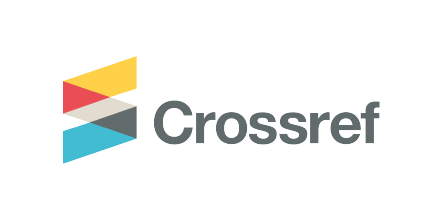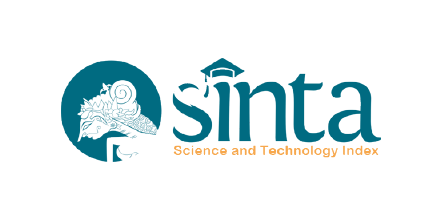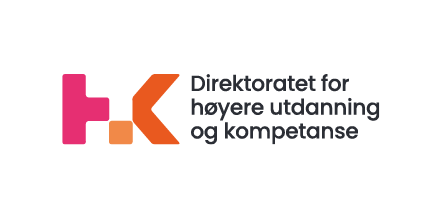The Implementation of Adaptive Physical Education Program for Blind Students at SMP Modern Islamic School Surakarta
DOI:
https://doi.org/10.21776/ub.ijds.2021.008.01.07Keywords:
adaptive physical education, blind students, rhythmic gymnasticsAbstract
In the era of the Covid-19 pandemic, the government implemented a distance learning system for students at all levels of education. This has an impact on various changes in learning methods, including for the subjects of Physical Education, Sports, and Health. The importance of learning sports during the pandemic is the right of every student, including students with special needs. In fact, children who need special services are often excluded from teaching and learning activities in physical education. So adaptive physical education is needed so that it can serve the learning needs of blind students and lead students to achieve excellent health. To overcome the persistence of the above problem, the authors implemented an adaptive physical education program aimed at blind students at Junior High School Modern Islamic School (SMP MIS) Surakarta. The main program is train students to do an adaptive rhythmic gymnastics. This program consisting of Ayo Pahami (Lets Understand), Ayo Praktikkan (Lets Practice), and Ayo Lanjutkan (Lets Continue) carried out online through the WhatsApp Group. In general, this program implementation activities can run well. This is evidenced by the results of written test and also performance test. Quantitatively, the average students score is 60 while the average teachers score is 84 for the written test, and the average students score for performance test is 71,2 which is considered as skilled. Qualitatively, all students understand and can memorize the whole movements of the rhythmic gymnastics. Habituation and parental/teacher guidance is needed to boost students' ability in practicing the movements so that their motor skills can improve progressively. We also arrange ETAS organizational structure that aims to encourage students to continue their rhythmic gymnastics habits and is expected new extracurricular in the future.
References
Douda H, Tokmakidis S, Tsigilis N. (2002) Effects of specific training on muscle strength and flexibility of rhythmic sports and artistic female gymnasts. Coach Sport Sci J. Vol. 4. No.1. Page 23-27.
Lowenfeld B. (1952) The Child Who Is Blind. Exceptional Children. Vol. 19 No. 3. Page 96-102.
Oliver, S.M. (2020). Rekomendasi Jenis Olahraga di Tengah Pandemi Covid-19. https://primayahospital.com/covid-19/olahraga-di-tengah-pandemi/. Accessed at Thursday 27th August 2020, 11.50 Western Indonesia Time.
Pane, B. S. (2015). Peranan Olahraga dalam Meningkatkan Kesehatan. Jurnal Pengabdian kepada Masyarakat. Vol. 21. No. 79. Page 1-4.
Prasetyo, Y. (2013). Kesadaran Masyarakat Berolahraga untuk Peningkatan Kesehatan dan Pembangunan Nasional. Jurnal Medikora. Vol 11. No 2. Page 219-228.
Santoso & Anandaputra. (2017). Hubungan Intensitas Olahraga dengan Daya Konsentrasi Belajar Siswa/Siswi Kelas 10 dan 11 SMAN 5 Depok Jawa Barat. Jurnal Kedokteran dan Kesehatan. Vol. 13. No 1.Page 1-9.
Utomo. (2016). Pendidikan Jasmani Adaptif Bagi Anak Berkebutuhan Khusus Berwawasan Kebangsaan. Prosiding Seminar Internasional Pendidikan Berbasis Nilai-Nilai Kebangsaan. Universitas Lambung Mangkurat, Banjarmasin.
Winnick, J. & Porretta, D. (2017). Adapted Physical Education and Sport. Human Kinetics Publisher, Illinois.
Downloads
Published
How to Cite
Issue
Section
License
Copyright (c) 2022 Rahmat Subroto, Lusi Hikmawati, Tri Lestari, Nanda Dewi Surtikanthi, Riska Fatmawati, Yochidamai Akhsanitaqwim, Sugini

This work is licensed under a Creative Commons Attribution-NonCommercial 4.0 International License.















